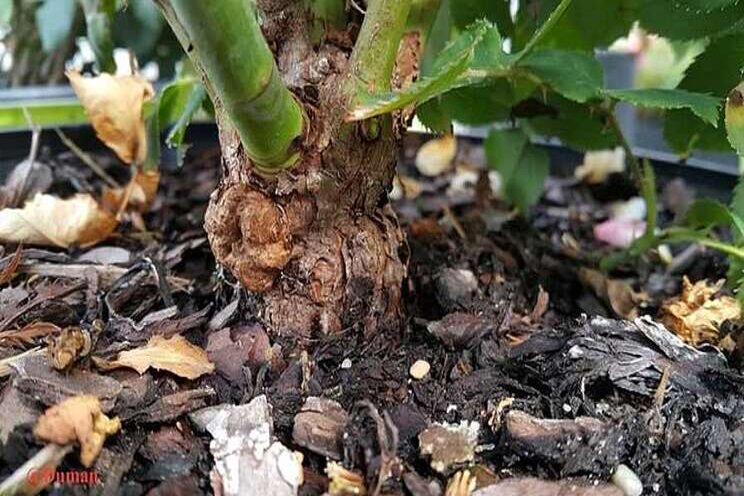Researchers tackle crown gall in woody ornamentals
Added on 18 June 2020

Recently, USDA Agricultural Research Service (ARS) scientists and their Oregon State University (OSU) collaborators have developed a new, highly detailed genetic way to trace the spread of Agrobacterium, one of the world's most important bacterial plant pathogens, according to research just published in Science.
What gives Agrobacterium its virulence is the presence of plasmids inside the bacterial cells. Plasmids are autonomously replicating DNA molecules that have become part of the bacterium, but are not essential to the physiology of the cells. These plasmids have genes that give Agrobacterium the unique ability to transfer a portion of the plasmid into plant cells and genetically reprogram the host to cause disease.
These plasmids also have genes that allow Agrobacterium to transfer the entire plasmid horizontally from one bacterium to another, rather than only vertically as in parent to offspring. Once acquiring a harmful plasmid, a previously benign strain of Agrobacterium can become a novel pathogen line. This ability has made control of the pathogen and tracking of an outbreak very difficult.
Learn more about this research here.
Source: Greenhouse Grower
Photo: Kamil Duman
Source: Greenhouse Grower
More news















